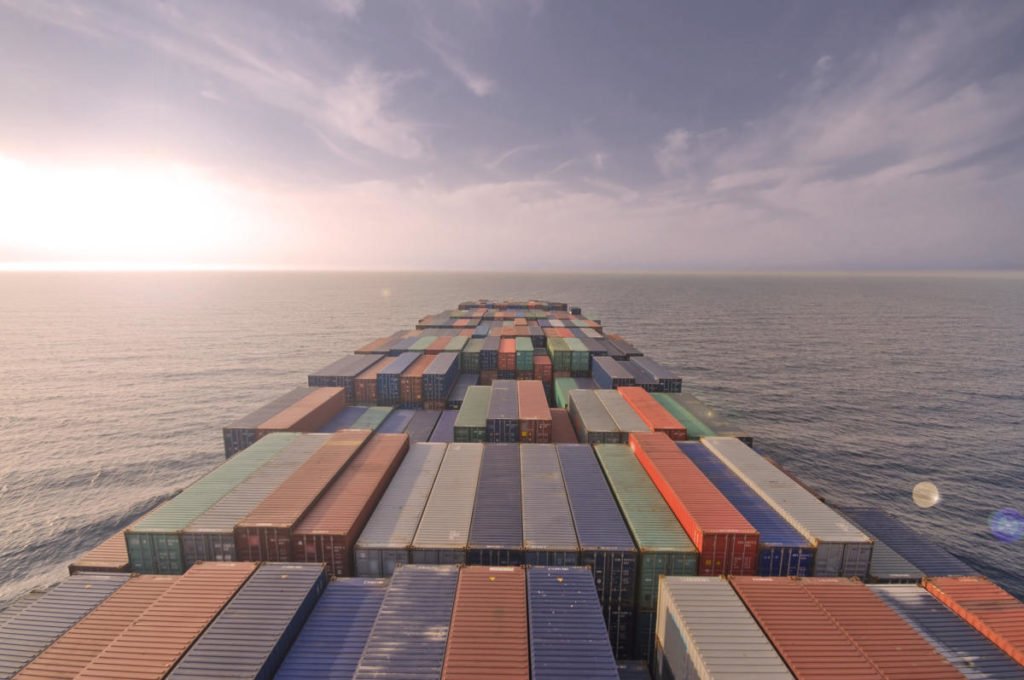Cisco has launched an open-source undertaking that it says might go a good distance towards decreasing the handbook work concerned in optimizing efficiency of Kubernetes-applications throughout SD-WANs.
Cisco mentioned it launched the Cloud-Native SD-WAN (CN-WAN) undertaking to indicate how Kubernetes functions could be mechanically mapped to SD-WAN with the end result that the functions carry out higher over the WAN.
“In lots of instances, enterprises deploy an SD-WAN to attach a Kubernetes cluster with customers or workloads that eat cloud-native functions. In a typical enterprise, NetOps groups leverage their community experience to program SD-WAN insurance policies to optimize basic connectivity to the Kubernetes hosted functions, with the objective to scale back latency, scale back packet loss, and so on.” wrote John Apostolopoulos, vice chairman and CTO of Cisco’s intent-based networking group in a bunch blog.
“The enterprise often additionally has DevOps groups that preserve and optimize the Kubernetes infrastructure. Nonetheless, regardless of the efforts of NetOps and DevOps groups, right now Kubernetes and SD-WAN function principally like ships within the evening, usually unaware of one another. Integration between SD-WAN and Kubernetes sometimes includes time-consuming handbook coordination between the 2 groups.”
Present SD-WAN providing usually have APIs that allow prospects programmatically affect how their site visitors is dealt with over the WAN. This allows attention-grabbing and beneficial alternatives for automation and utility optimization, Apostolopoulos said. “We imagine there is a chance to pair the declarative nature of Kubernetes with the programmable nature of contemporary SD-WAN options,” he said.
Enter CN-WAN, which defines a set of parts that can be utilized to combine an SD-WAN bundle, corresponding to Cisco Viptela SD-WAN, with Kubernetes to allow DevOps groups to specific the WAN wants of the microservices they deploy in a Kubernetes cluster, whereas concurrently letting NetOps mechanically render the microservices must optimize the applying efficiency over the WAN, Apostolopoulos said.
Apostolopoulos wrote that CN-WAN consists of a Kubernetes Operator, a Reader, and an Adaptor. It really works like this: The CN-WAN Operator runs within the Kubernetes cluster, actively monitoring the deployed companies. DevOps groups can use normal Kubernetes annotations on the companies to outline WAN-specific metadata, such because the site visitors profile of the applying. The CN-WAN Operator then mechanically registers the service together with the metadata in a service registry. In a demo at KubeCon EU this week Cisco used Google Service Listing because the service registry.
Earlier this 12 months Cisco and Google deepened their relationship with a turnkey bundle that lets prospects mesh SD-WAN connectivity with functions working in a non-public information middle, Google Cloud or one other cloud or SaaS utility. That collectively developed platform, known as Cisco SD-WAN Cloud Hub with Google Cloud, combines Cisco’s SD-WAN policy-, telemetry- and security-setting capabilities with Google’s software-defined spine to make sure that utility service-level settlement, safety and compliance insurance policies are prolonged throughout the community.
In the meantime, on the SD-WAN aspect, the CN-WAN Reader connects to the service registry to find out about how Kubernetes is exposing the companies and the related WAN metadata extracted by the CN-WAN operator, Cisco said. When new or up to date companies or metadata are detected, the CN-WAN Reader sends a message in the direction of the CN-WAN Adaptor so SD-WAN insurance policies could be up to date.
Lastly, the CN-WAN Adaptor, maps the service-associated metadata into the detailed SD-WAN insurance policies programmed by NetOps within the SD-WAN controller. The SD-WAN controller mechanically renders the SD-WAN insurance policies, specified by the NetOps for every metadata kind, into particular SD-WAN data-plane optimizations for the service, Cisco said.
“The SD-WAN might assist a number of kinds of entry at each sender and receiver (e.g., wired Web, MPLS, wi-fi 4G or 5G), in addition to a number of service choices and prioritizations per entry community, and naturally a number of paths between supply and vacation spot,” Apostolopoulos said.
The code for the CN-WAN undertaking is offered as open-source in GitHub.
RELETED ARTICLES


